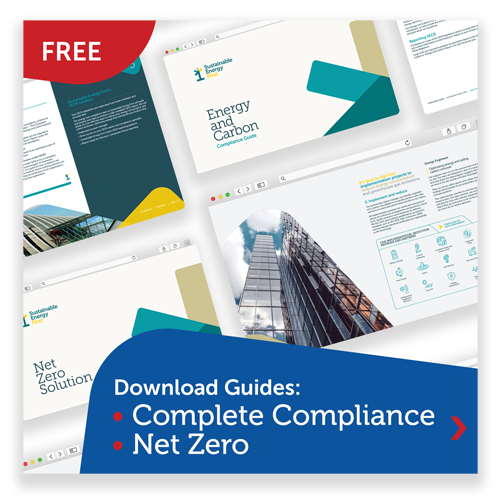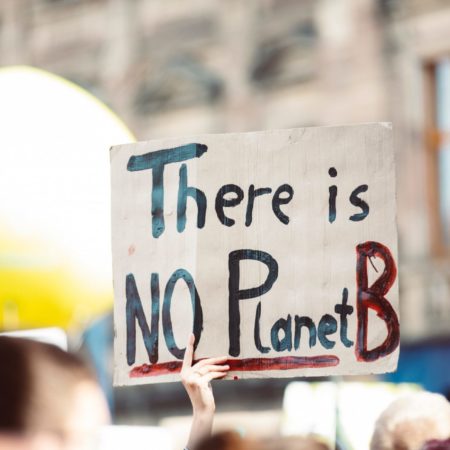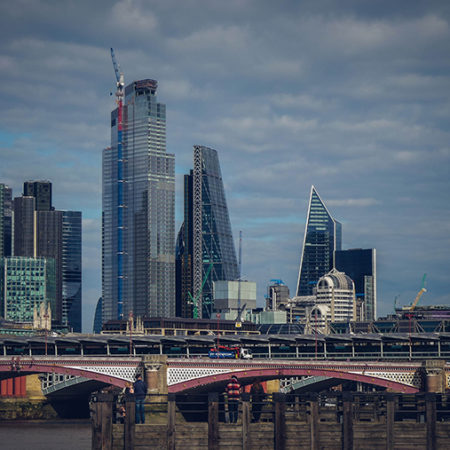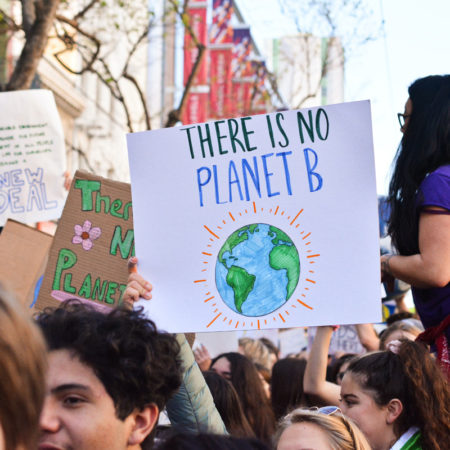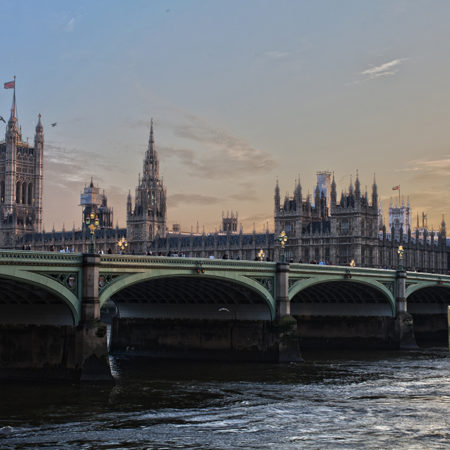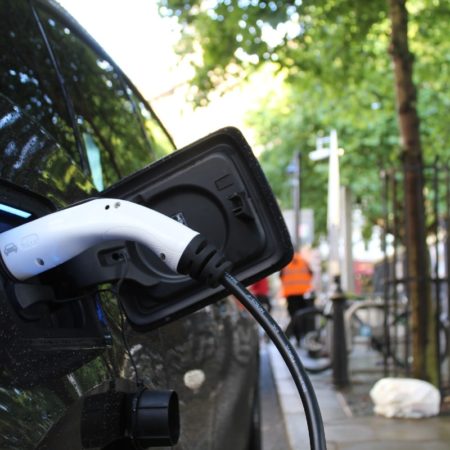With COP26 fast approaching, claim, counterclaim and debate rage over its aims, political vision and how this will drive tangible change.
So, with three weeks to go until the summit, what do corporates need to know, and is meaningful progress forthcoming?
The aims of COP26
What COP26 seeks to achieve is clear. First, secure global net zero by mid-century and keep 1.5 degrees within reach.
It is hoped measures to achieve this can be agreed on: the phase out of coal, halting deforestation, hastening electric vehicles take up and investment in renewables.
Second, for corporates at least, the key goal is mobilising finance. It is hoped developed countries mobilise at least $100bn in climate finance per year by 2020. International financial institutions must unleash trillions in private and public sector cash.
Third, key to the private sector is finalising the Paris Rulebook (the detailed rules that make the Paris Agreement operational), and tackling the climate crisis through government, businesses and civil society partnership.
And at the highest level, that’s it. Of course, in the real world, it isn’t nearly as simple as that.
NDCs and the true test
Behind all this, says Chatham House, is the fact that to have a chance of limiting warming to 1.5 degrees, global emissions must halve by 2030 and we must hit net zero by 2050.
Here’s how it could happen. The 2021 Intergovernmental Panel on Climate Change (IPCC) report underscores it is still possible to achieve the 1.5 degree target but only if unprecedented action is taken now.
Every country on Earth sets Nationally Determined Contributions (NDCs) on their individual emissions reductions. The NDCs submitted in 2015 were collectively not ambitious enough to limit global warming to ‘well below’ 2 degrees, never mind 1.5 degrees.
Chatham House explains that the signatories of the Paris Agreement are expected to submit new and more ambitious NDCs every five years, known as the ‘ratchet mechanism’.
And guess what? COP26 is the first test of this. One of the main aims is as many governments as possible submit new NDCs and these are ambitious enough to put the world on track to below 2 degrees.
Which brings us to the next sticking point…
What about the US?
This isn’t defined in any official aims guide, but COP26 success or failure and the business implications hinge largely on America.
Forbes explains that post-Trump, the US rejoined the Paris Agreement and has made some bold commitments to reduce emissions since President Biden took office in early 2021.
But without action and policies to match, these commitments could be seen as shallow and at risk of reversal after another change in US administration. As has happened before. This may prompt other nations to come with less than desirable policies themselves.
The considered opinion is that US leadership would be a COP26 game changer. Think that China is going to up its NDCs if there’s no solid movement from Biden, or that other countries won’t cite Trump’s actions as an excuse to be less than positive themselves?
Chatham House says to date, some 70 countries are yet to communicate new or updated targets. And several; Australia, Brazil, Indonesia, Mexico, New Zealand, Russia, Singapore, Switzerland and Vietnam have submitted without raising ambition.
Aims vs reality
As dismal as this may seem, additional considered opinion is COP26 aims won’t be met. The Guardian writes that the UN, the UK hosts and other major figures involved in the talks have privately admitted that the original aim of the summit will be missed.
Gamesmanship or truth? Lord Nicholas Stern, the climate economist, told the broadsheet falling short on emissions plans should not be equated with failure. “I agree with [the UN] and most observers that we will not close that gap [between emissions pledges and scientific advice] completely.
“But we should hope for good progress in closing that gap and we should hope for mechanisms and ways forward on how we close that gap further between now and 2025.”
This may be the key point for corporates. Keep abreast of the summit. Keep a weather eye for new policy and green business mechanisms and opportunities that can hasten your low carbon transition, your profit and your contribution to climate mitigation.
It will keep you in business, and even if COP’s aims are missed, it’ll make for a better chance at meeting targets next time round.











